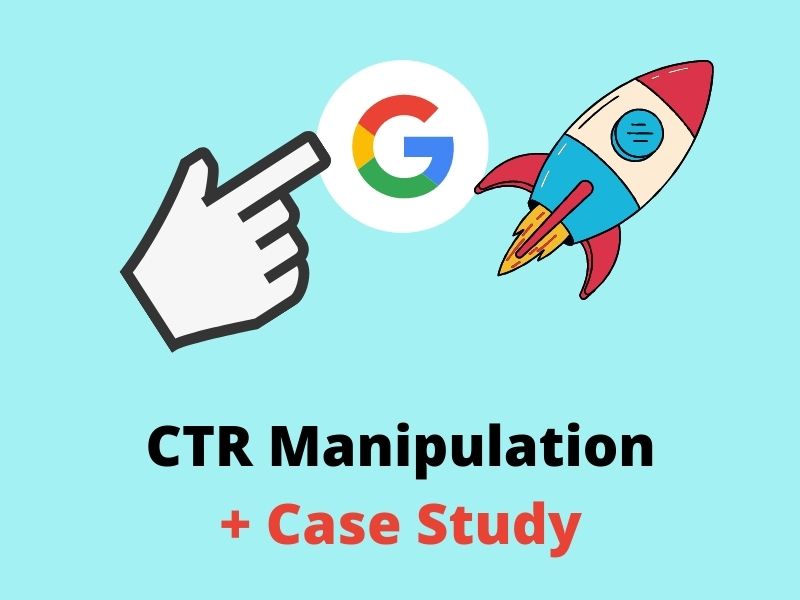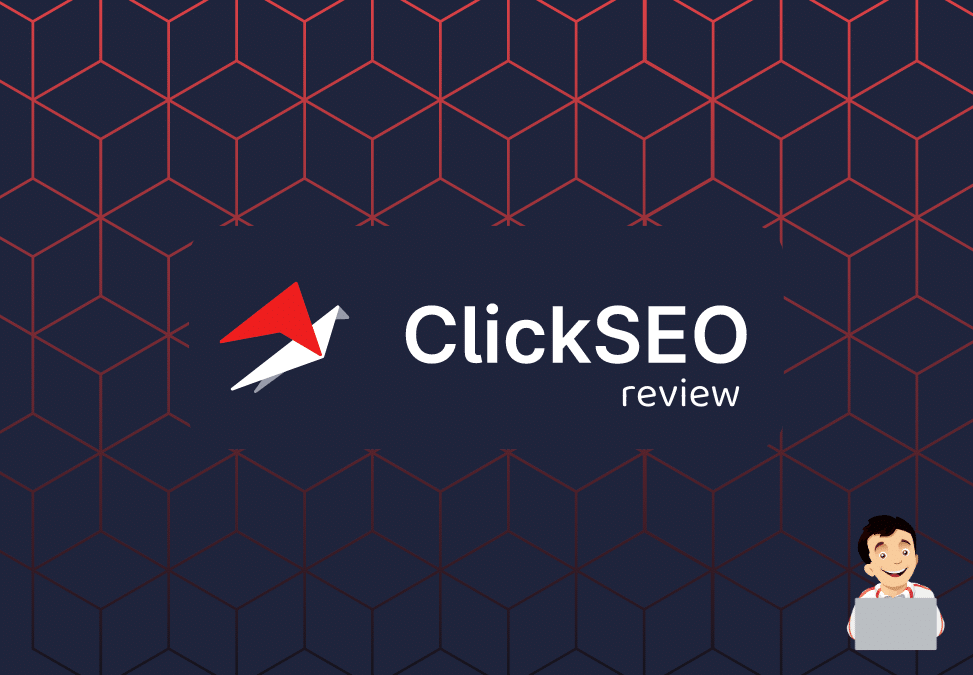Change Your Click-Through Rates with Proven CTR Manipulation Methods
Change Your Click-Through Rates with Proven CTR Manipulation Methods
Blog Article
Optimizing Organic Click-Through Fees With CTR Adjustment
The optimization of natural click-through rates (CTR) is a nuanced venture that hinges on understanding both customer psychology and reliable web content discussion. By leveraging strategic adjustment techniques, such as incredibly crafted headlines and aesthetically interesting elements, online marketers can dramatically improve customer interaction. The landscape is rife with misunderstandings and oversimplifications regarding what absolutely drives CTR. As we discover the details of these approaches, it ends up being crucial to determine the underlying principles that can lead to continual success in recording audience interest. What absolutely distinguishes the reliable from the ineffective in this essential element of electronic advertising?
Comprehending Click-Through Fees
Understanding click-through rates (CTR) is vital for reviewing the efficiency of on the internet advertising strategies. CTR measures the percentage of individuals that click on a specific link or promotion contrasted to the overall number of individuals who watch it. A higher CTR indicates that the material is engaging and appropriate to the target audience, while a reduced CTR may signal a need for optimization.
To determine CTR, split the variety of clicks by the number of impressions and increase by 100. For example, if an advertisement receives 300 clicks out of 10,000 impacts, the CTR would certainly be 3%. This metric is important for assessing numerous elements of digital advertising, consisting of seo (SEARCH ENGINE OPTIMIZATION), email campaigns, and social media sites marketing.
In addition, examining CTR helps marketing experts determine which methods yield the most effective results and which need improvement. By concentrating on improving CTR, companies can enhance their material's exposure and efficiency, causing increased web traffic and prospective conversions. Recognizing the nuances of CTR is fundamental for any kind of marketer intending to maximize their on-line existence and take full advantage of return on financial investment (ROI)

The Psychology of Customer Habits
Customer behavior is significantly affected by emotional factors that dictate just how individuals engage with on-line content. Comprehending these factors is necessary for maximizing click-through prices (CTR) in organic search results page. Cognitive biases, such as the anchoring result, play an essential role in shaping users' perceptions. When users come across info, their initial perceptions can greatly affect their succeeding judgments about importance and reliability.
Psychological responses likewise substantially effect individual behavior. Web content that reverberates emotionally can set off a sense of seriousness or interest, prompting customers to click. Furthermore, social proof-- such as user testimonials or ratings-- can improve count on and encourage involvement, as individuals often seek to the habits of others to inform their very own choices.
In addition, the concept of scarcity can drive clicks - CTR Manipulation Press Release. Limited-time deals or special material produce a concern of losing out (FOMO), engaging users to act rapidly. Understanding these mental vehicle drivers allows marketing professionals to create more compelling web content that resonates with their target market
Efficient CTR Manipulation Methods
Leveraging psychological insights can significantly boost click-through prices (CTR) via targeted manipulation techniques. Among the most reliable techniques is making use of compelling headlines that evoke interest or urgency. Phrasing titles as concerns or incorporating numbers can attract even more focus, motivating customers to click.
An additional method involves enhancing meta descriptions to develop a feeling of significance and immediacy. By clearly describing the remedies or benefits offered in the content, you can involve prospective readers and encourage them to click. In addition, using power words-- such as "exclusive," "confirmed," or "free"-- can enhance the appeal of your web content.
Visual elements likewise play a vital function. Incorporating distinctive pictures or thumbnails can draw individuals in and improve CTR. A/B testing different visuals can help identify which pictures reverberate ideal with your target market.
Lastly, making sure that your web content promises deliverable worth results in look at here now greater CTR. When users view that clicking will certainly supply them with purposeful insights or services, they are most likely to involve. By employing these methods attentively, marketing professionals can successfully manipulate CTR to their advantage while preserving ethical criteria.
Typical Misconceptions Concerning CTR
A number of misconceptions surround click-through rates (CTR) that can lead marketing experts to make misguided choices. While a high CTR recommends that even more individuals are clicking, it does not guarantee conversions or sales.
One more usual idea is that CTR is a separated metric. Actually, CTR ought to be evaluated in conjunction with various other efficiency indications, such as bounce rate and conversion price, to acquire an alternative view of project success.
In addition, some marketing professionals presume that maximizing for CTR alone is adequate. Concentrating specifically on CTR can lead to clickbait techniques that may draw in clicks but fail to engage individuals meaningfully. GMB CTR Manipulation. This method can hurt brand reputation and cause reduced retention rates
Last but not least, there is an idea that CTR techniques are globally efficient. The reality is that optimal CTR tactics can differ considerably across markets and target market, requiring customized strategies for different market segments. Understanding these misconceptions is essential for creating effective CTR techniques that straighten with overarching marketing goals.
Determining CTR Success
Although high click-through prices (CTR) can show effective interaction with content, measuring their real success requires an extensive evaluation of numerous elements. Initially, it is vital to understand the context in which the CTR is accomplished. A Discover More high CTR on a misleading title might not translate to purposeful interaction or conversions, ultimately reflecting badly on the brand's integrity.
2nd, evaluating the source of website traffic is important. Organic web traffic from internet search engine can represent a durable material approach, while clicks from pointless sources may indicate a lack of targeting. Furthermore, gauging the succeeding individual behavior is vital; assessing metrics such as bounce rate, time invested on page, and conversion prices can supply deeper insights into the quality of the engagement initiated by the CTR.

Final Thought

The optimization of organic click-through rates (CTR) is a nuanced endeavor that pivots on understanding both user psychology and efficient material presentation. CTR measures the percent of customers that click on a particular link or ad compared to the complete number of individuals who watch it. A greater CTR indicates that the material official site is involving and relevant to the target audience, while a reduced CTR may signal a demand for optimization.
Concentrating solely on CTR can lead to clickbait methods that may attract clicks yet stop working to engage users meaningfully. In addition, determining the subsequent customer habits is vital; evaluating metrics such as bounce price, time invested on page, and conversion rates can offer deeper understandings into the top quality of the interaction initiated by the CTR.
Report this page